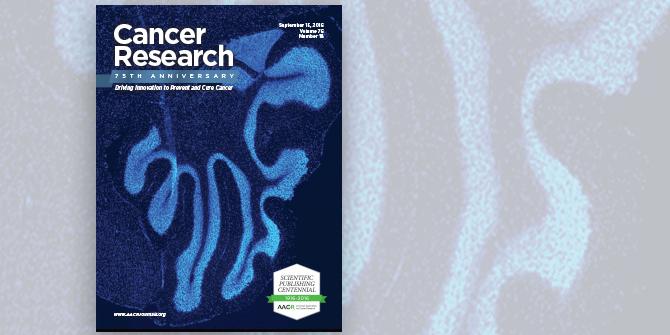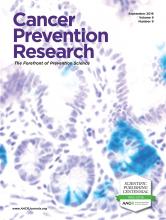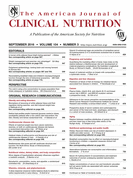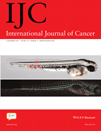Evaluación de una estrategia formativa entre iguales en fibromialgia. Un análisis de género
La fibromialgia es una enfermedad crónica altamente feminizada que requiere mayor autonomía y autoeficiencia en el manejo de los cuidados. Objetivo: evaluar, desde una perspectiva de género, la estrategia formativa de pacientes con fibromialgia de la Escuela de Pacientes, basada en la formación “entre iguales”. Método: estudio cuantitativo, con diseño cuasiexperimental pretest- postest, con 600 participantes con fibromialgia. Se…












